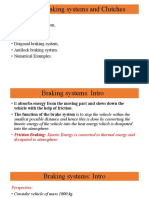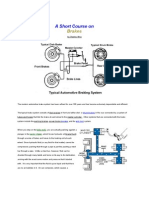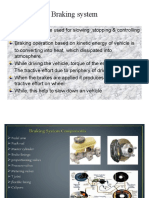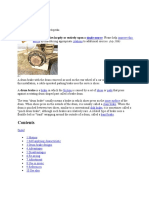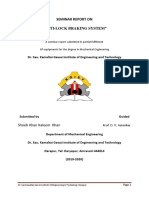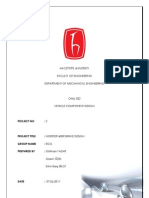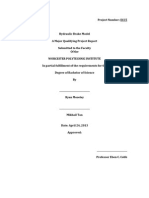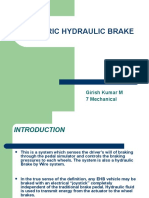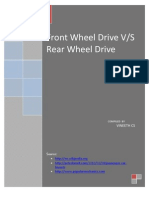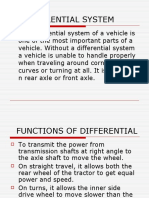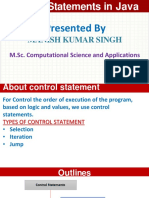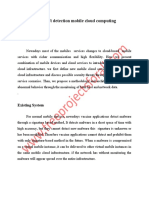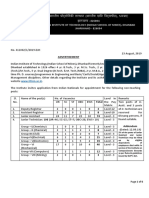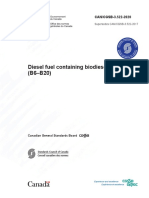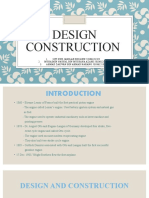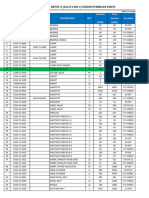100% found this document useful (1 vote)
248 views45 pagesAutomotive Brakes: Prepared By: Bibhuti Bhusan Samantaray Asst. Professor, GEC 9439373223
The document discusses various types of automotive braking systems including:
1. Hydraulic brakes which use fluid pressure to apply equal braking force to all wheels according to Pascal's law.
2. Drum brakes which use shoes pressed against a rotating drum by a cam or hydraulic cylinder to slow the wheels.
3. Disc brakes which use friction pads pressed against a disc attached to the wheel by a hydraulic caliper.
4. Mechanical linkages can also be used instead of hydraulics to operate drum brakes via a cam or lever mechanism. The document provides details on the construction and working of these different brake types.
Uploaded by
AjitCopyright
© © All Rights Reserved
We take content rights seriously. If you suspect this is your content, claim it here.
Available Formats
Download as PPTX, PDF, TXT or read online on Scribd
100% found this document useful (1 vote)
248 views45 pagesAutomotive Brakes: Prepared By: Bibhuti Bhusan Samantaray Asst. Professor, GEC 9439373223
The document discusses various types of automotive braking systems including:
1. Hydraulic brakes which use fluid pressure to apply equal braking force to all wheels according to Pascal's law.
2. Drum brakes which use shoes pressed against a rotating drum by a cam or hydraulic cylinder to slow the wheels.
3. Disc brakes which use friction pads pressed against a disc attached to the wheel by a hydraulic caliper.
4. Mechanical linkages can also be used instead of hydraulics to operate drum brakes via a cam or lever mechanism. The document provides details on the construction and working of these different brake types.
Uploaded by
AjitCopyright
© © All Rights Reserved
We take content rights seriously. If you suspect this is your content, claim it here.
Available Formats
Download as PPTX, PDF, TXT or read online on Scribd
/ 45

